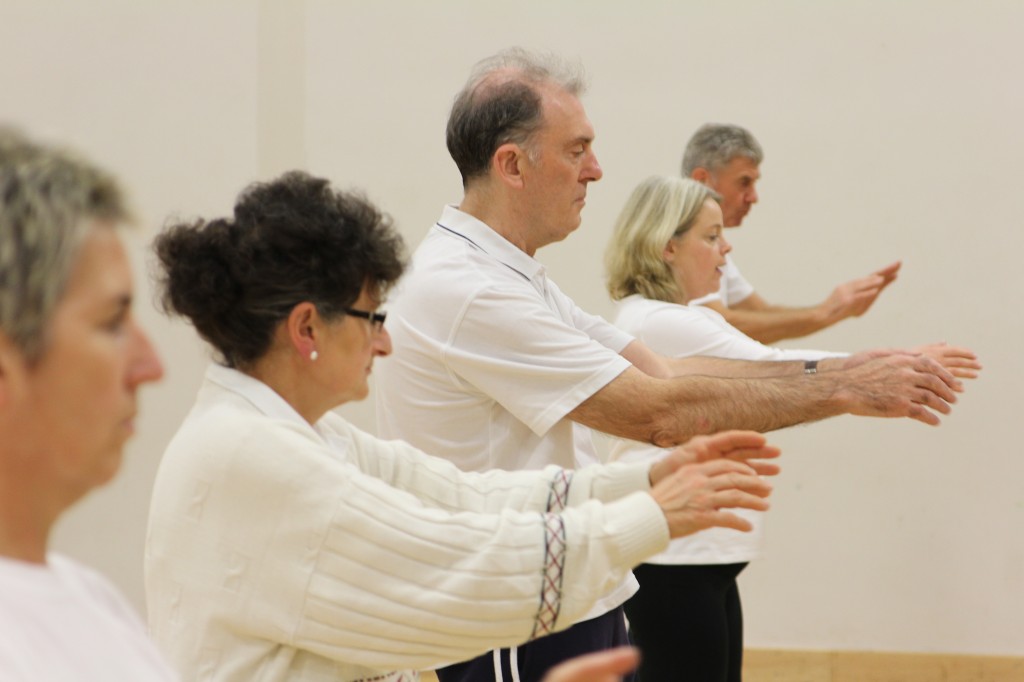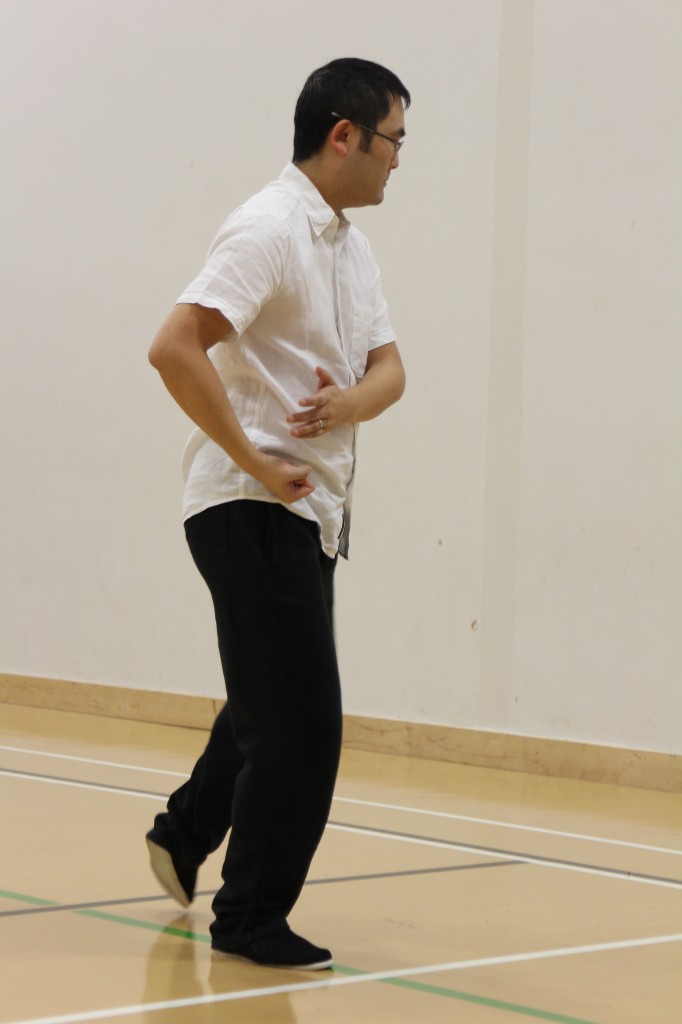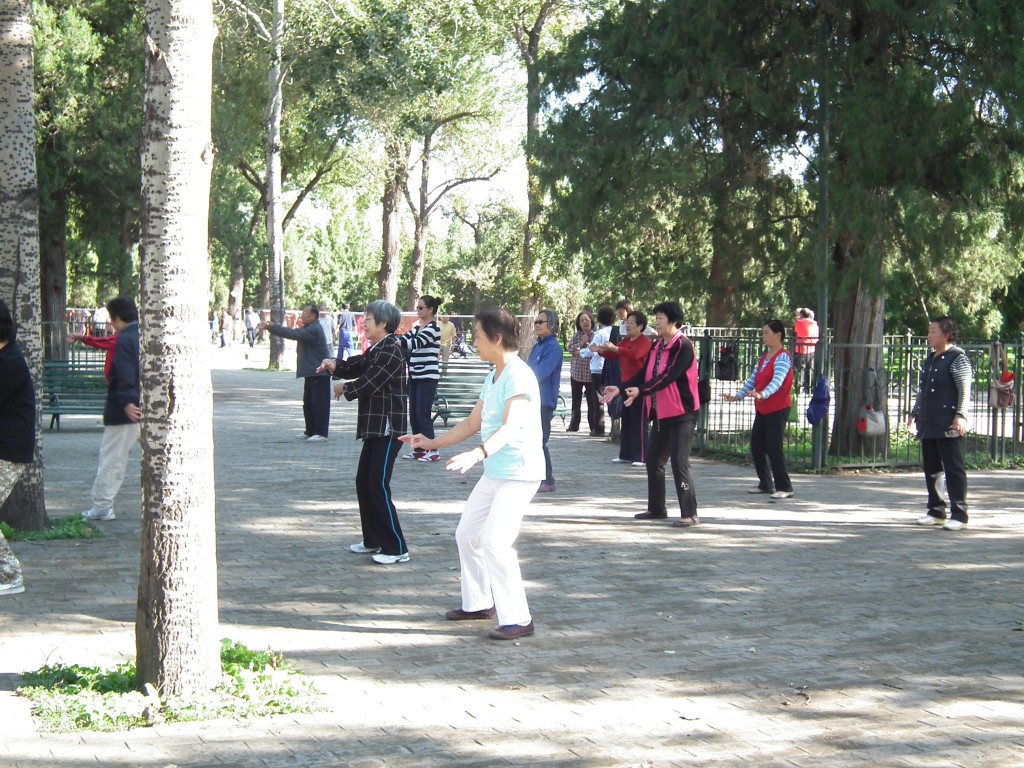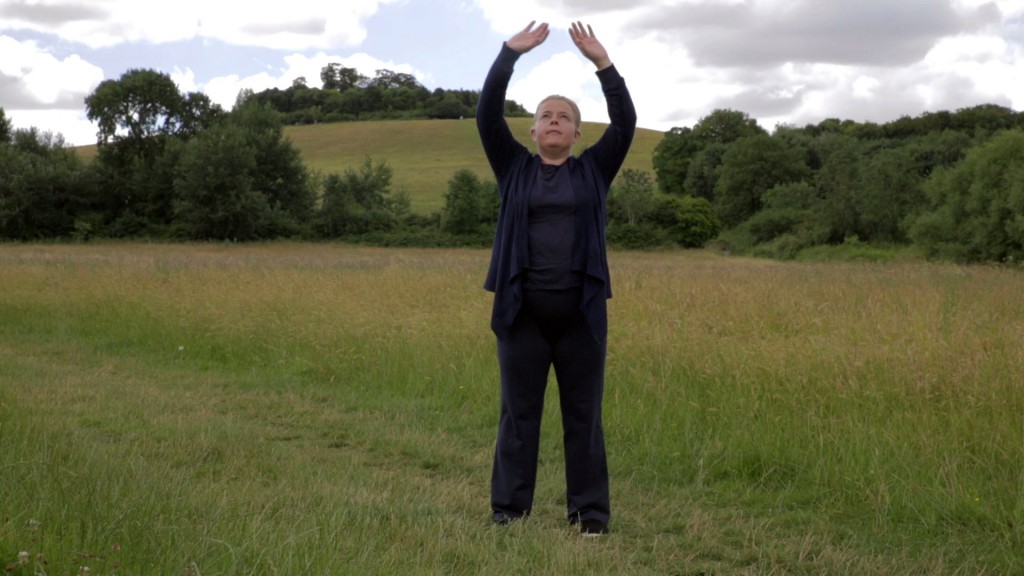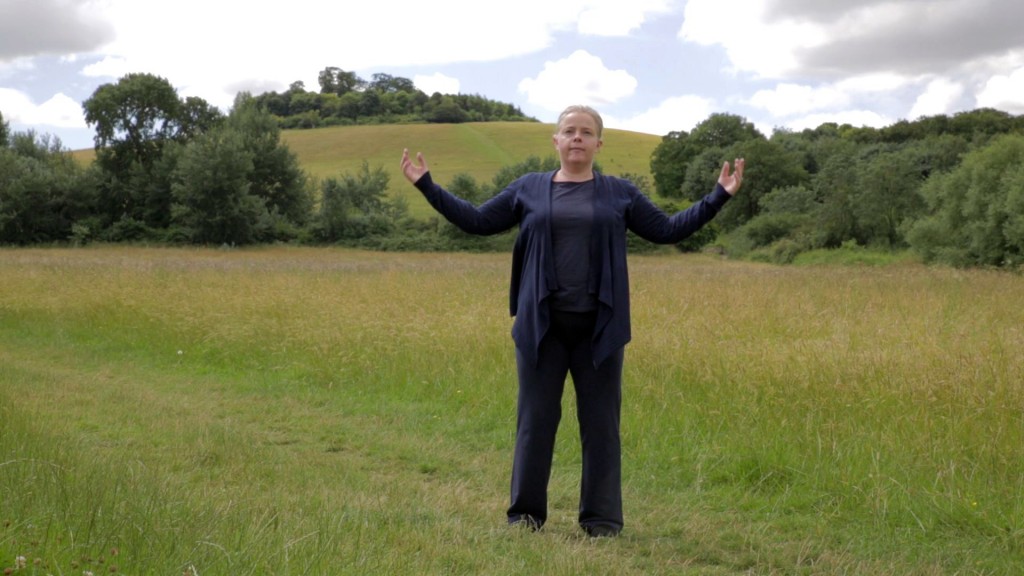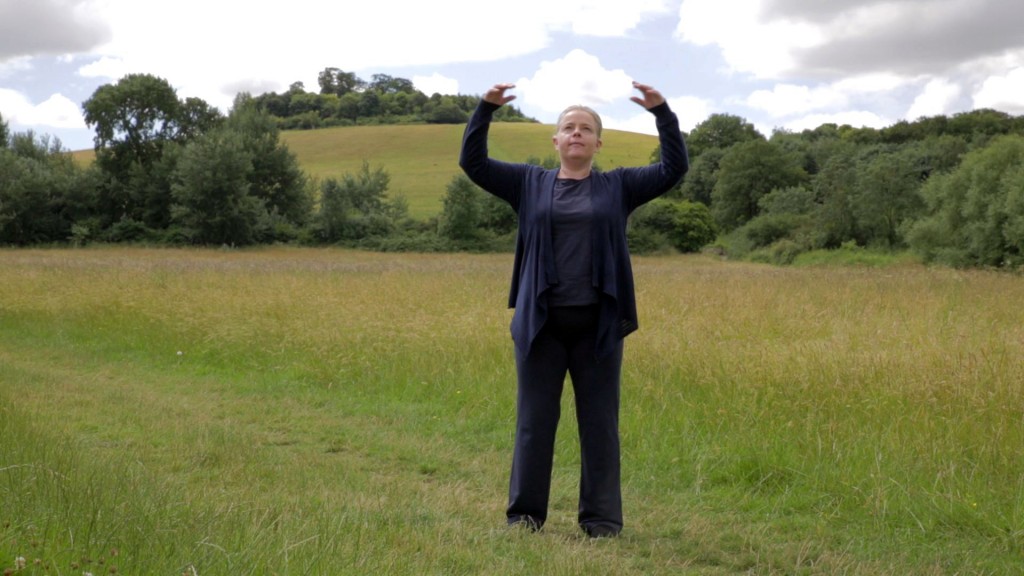Fabulous discussion at last night’s class around the impact of “emptiness” on T’ai Chi practice. I’m touched that students shared so much of themselves on this – so a warm “thank you” to all.
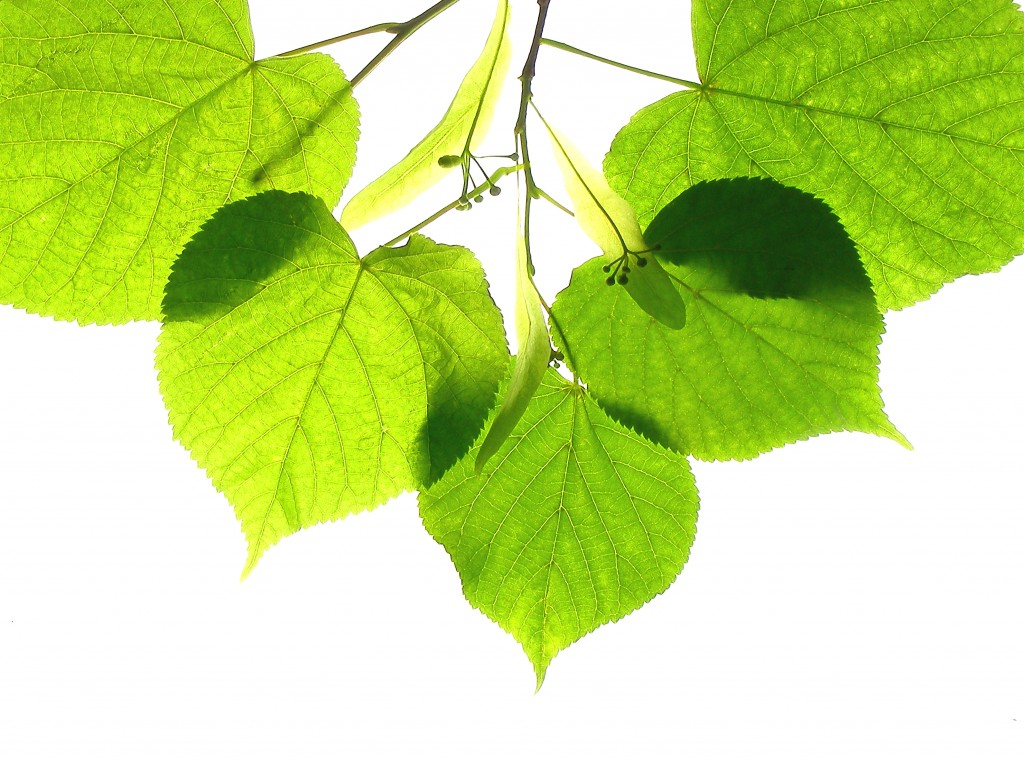
Emptiness is uplifting: reaching the inner you
I wanted to distil a few key points – there are some quite profound lessons in life to be drawn from looking at emptiness and T’ai Chi practice. (I’m always drawing lessons from T’ai Chi!)
The concept of emptiness and inner stillness has its roots in Chinese philosophy. I’d like to refer to Buddhism and Taoism, which both have close links with T’ai Chi. Lau Tzu (possibly an older contemporary of Confucius) also talked about emptying your mind of all things in the old T’ai Chi classic The Tao te Ching. I need just to say that there are many idiosyncracies of the Buddhist and Taoist views of emptiness, which go way beyond this post(!) – but I have pulled out a few points which resonate with T’ai Chi practice.
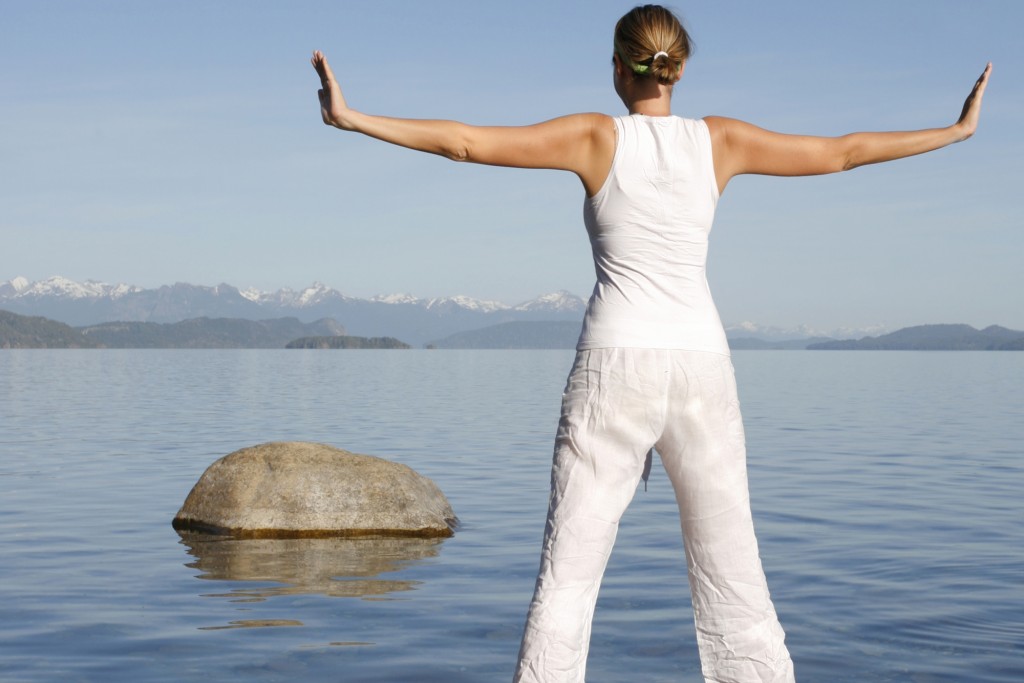
Meditative aspects of T’ai Chi encourage a state of “emptiness”
T’ai Chi, meditation & emptiness
T’ai Chi is a meditative exercise and it’s the meditative state of mind which “emptiness” brings. Emptiness is a state of mind in T’ai Chi. Last night we each shared some examples of how we can use this relaxed state of mind in our everyday lives – when tricky situations arise which we find stressful, it is possible to condition ourselves to respond to a trigger – and tap into this “empty” state of mind – even without the movements. It’s like finding from within a cosy, safe place where there are no worries. We are protected from outside negative forces.
Enjoying the absence of wanting etc.
Within this space we’re calling emptiness, we feel without attachment, without desire, without dissatisfaction, greed, stress, anxiety or frustration… even if this is just for a short period. T’ai Chi practice is a great opportunity just to let go. With some time away from this collection of “wants” – through “emptiness” in T’ai Chi practice, we can gain a certain clarity of thought.
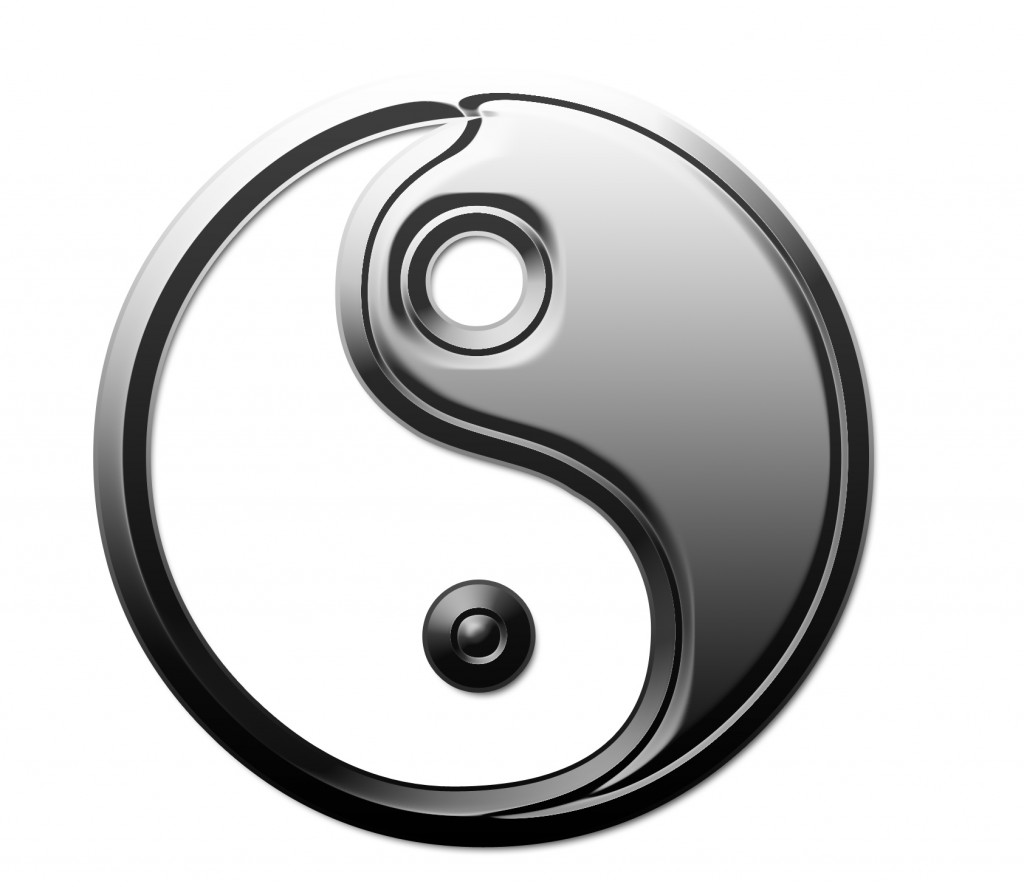
T’ai Chi symbol
T’ai Chi symbol: what’s it telling us about our practice?
The T’ai chi symbol represents the constant flux of change. From this you can infer that everything is impermanent, and the argument, when played out in full, goes that problems come and go; feelings come and go; perceptions come and go. It becomes futile to worry about something which will change. One example from a student last night was that often she will be worrying about something – and without action (i.e. emptiness) – it somehow rights itself on its own. Inaction isn’t always a good idea – but it does have its place in our toolbox of “alternative perspectives.”
So the T’ai Chi symbol with its continuous curved lines, shows constant change. For T’ai Chi practitioners, we should note that the T’ai Chi Form (sequence of slow, graceful movements which lasts around 20 minutes from start to finish) needs to be practised as one continuous movement. We should think about there being no beginning and no end to the moves; one posture flows directly into the next, just like the curved lines in the symbol. More advanced students will start to “remember” the sequence by their continual flow of weight – something of a “Eureka” moment when you can predict what comes next just by the fact that, for instance, you have your weight fully in the right leg.
Enjoying emptiness in practice
Emptiness in T’ai Chi provides a quiet stillness. For me, I’m not taking this as an exercise to fully “check in” with how I’m feeling – I don’t converse in that way – it’s more of an awareness. In T’ai Chi we are encouraged to empty our minds of all thoughts; if a thought does crop up, we are to acknowledge it, and dismiss it… for the present moment at least.
After the end of the walking exercise in class, I will always invite students to “rest into the stillness” – that’s your stillness, whatever it means to you.
Last night students kindly shared with the group what they felt stillness meant to them in practice. Here are the many benefits it brings:
- A general awareness of our bodies & breathing
- A calming influence (both in practice and as a “space” we can learn to tap into without even requiring the movements)
- A state of mind where nothing matters (for that moment; we are in constant flux, remember)
- A place to reconnect with yourself
- Tuning into a general sense of who we are, and our interface with the world
- An awareness of our inner strength & resources
- A place in which to build confidence
- An understanding of what we offer to the world
For me, the idea of connecting not only with myself; but also viewing my T’ai Chi practice as my interface with the world was an important one. Not everyone felt the same about this, although one student came up with exactly the same example of this as me: there is a movement in which we collect energy in our palms and then turn the palms to release the energy. At this precise point, we both have the feeling of sharing what we have to offer with the room (in my student’s case) – and with the world in my case.
I use T’ai Chi’s principles to help tackle life’s little obstacles. Understanding this place we’re calling “emptiness” somehow strengthens those skills.
Ironically for me, it’s through this meditative movement that I am able finally to learn how to stop!
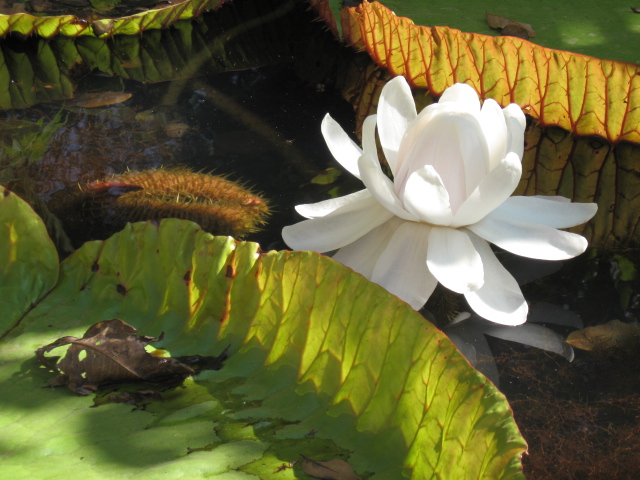
Retreat Day: Let your inner self blossom
Retreat Days: reconnect to the inner you & feel nourished with time just to “be”
Retreat Days cater well for those just wanting to “stop” for a while – to empty your mind and tap into the inner you. It’s a great opportunity to have a proper break away from whatever is keeping you on the move all the time – away from your busyness.
Kind to body, mind & spirit – the Retreat Day allows you to “zone out” for a while; breathe deeply; stretch; relax & rejuvenate.
Places still available for the Retreat Day, featuring T’ai Chi, Yoga & Pilates:
- Saturday 22 June 2013
- Full day of relaxation & gentle exercises
- Including meditation, breathing, stretching
- Health & wellbeing talks
- Nutritious two-course light lunch
- Relaxing holistic massage/ beauty treatment
- www.thetaichiroom.co.uk/Retreat_Days.aspx
- Or call me on 01993 822725
- Works well with a few close friends (the day is programmed so you will see each other!)
- Takes place at Middle Aston House, Bicester, Oxfordshire (accommodation available)
Now I have some questions for you. Please share:
1. What’s keeping you busy just now?
2. How do you nurture your inner self?
3. What are your techniques for achieving some stillness in your daily/weekly routine?
4. How do you find clarity of mind – when you really need to take a step back and “see the wood for the trees”…?
Looking forward to hearing your strategies…
Warm wishes,
Helen, T’ai Chi Instructor and Organiser of Retreat Days, featuring T’ai Chi, Yoga & Pilates.
www.thetaichiroom.co.uk/Retreat_Days.aspx


